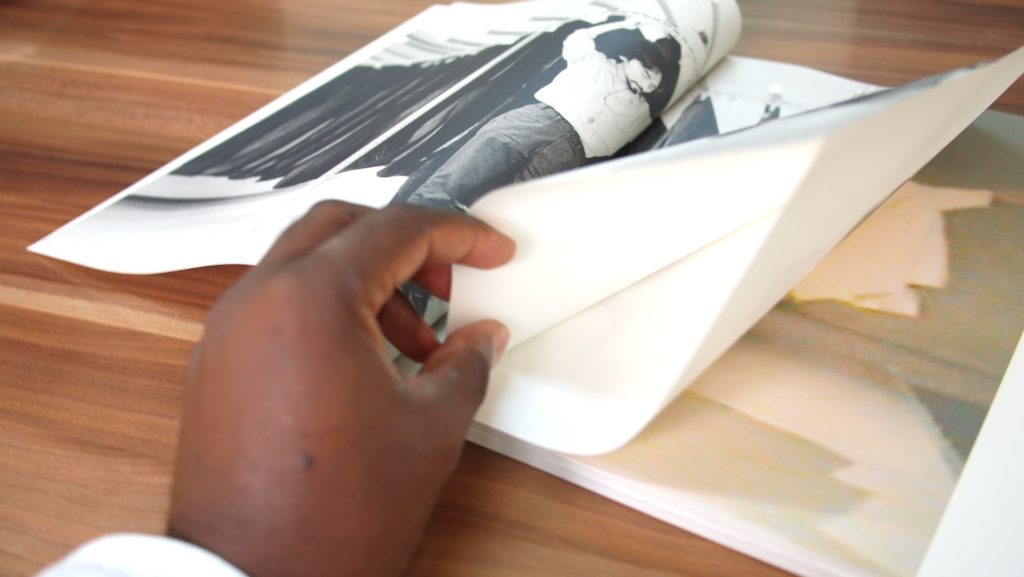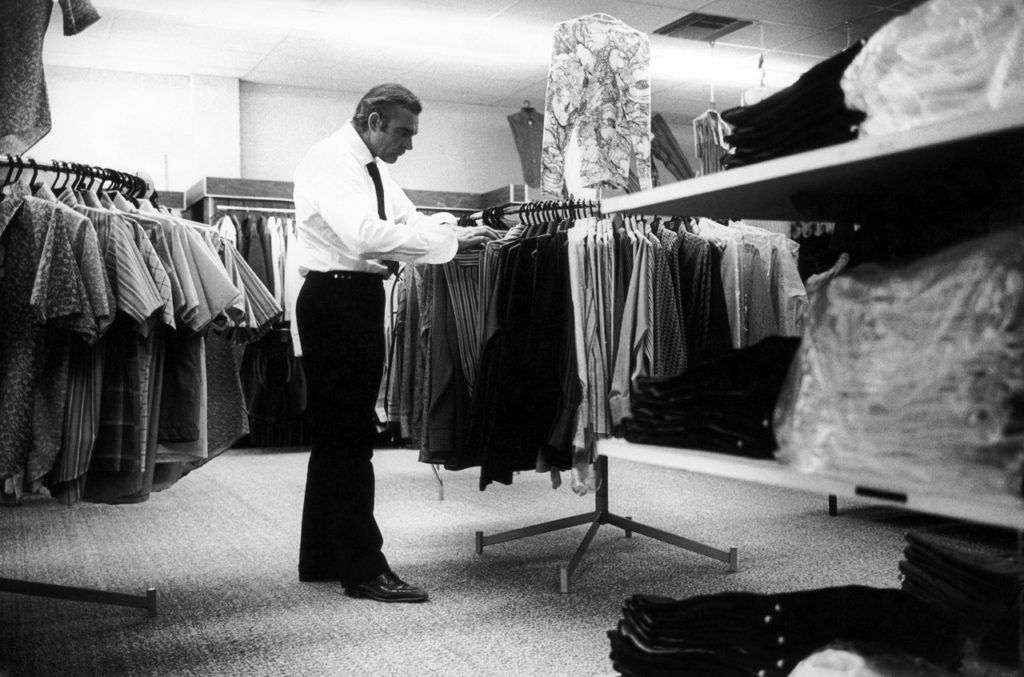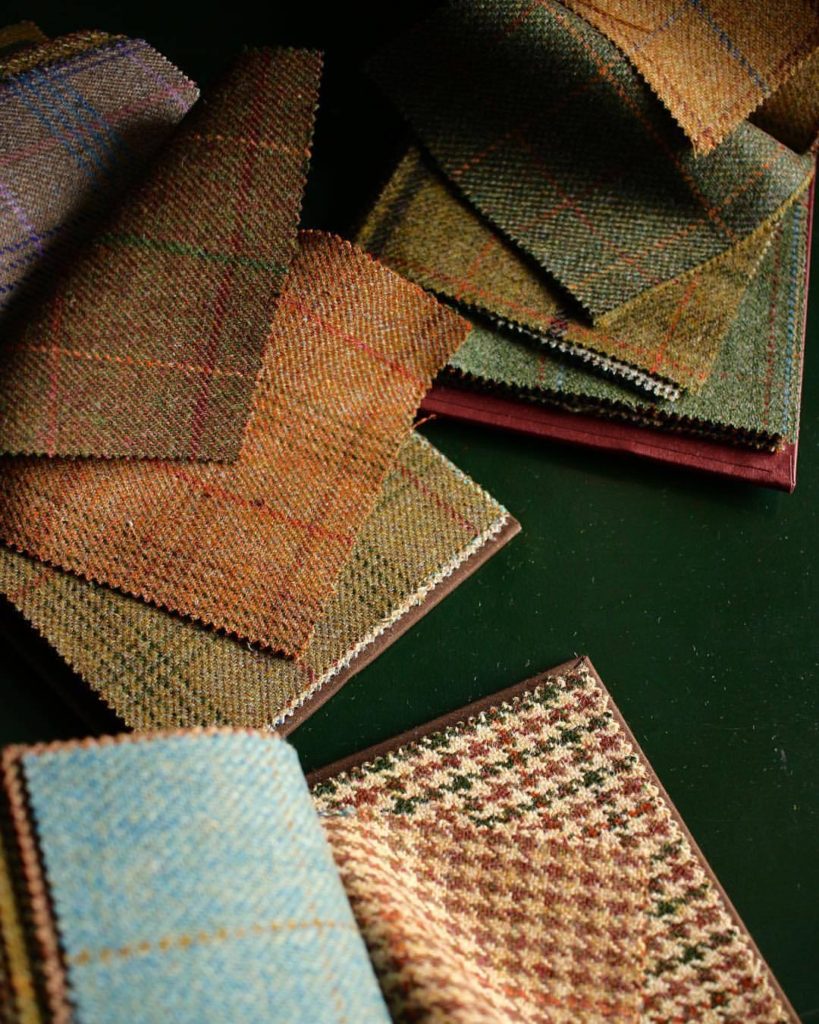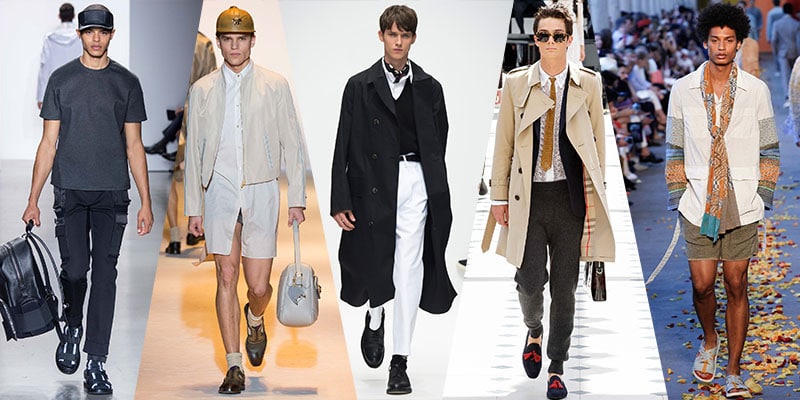
A couple of years ago, the luxury department store chain Barneys conducted a survey to find out how men decide on what clothes to purchase. One of the phrases that kept popping up was: “I want to know I got it right.” Whether they were getting dressed for job interviews or weddings, workplaces or the weekend, men wanted to know they were appropriately dressed for the occasion.
“Many felt there was some terrible abyss they’d fall into if they wore the wrong shirt with the wrong tie,” said Simon Doonan, the company’s Creative Ambassador. “I think it’s a function of the idea of good taste/ bad taste, which is a very 1950s thing. Except now you can compound it with the internet, where everything is thumbs up or thumbs down. It’s a horrible, peanut gallery that people are subjecting themselves to.”
The idea of “correctness” in dress can be a double-edge sword. Rules can be useful for helping a beginner find his footing, but they can also be an impediment to developing personal style. And personal style is the holy grail. Slavishly following rules can make you look like you were dressed by the internet, but recklessly ignoring them is like belting out random noises in hopes that you’re making a song. Often, personal style is about riding the line between these two worlds — knowing how to dress well within an established aesthetic, but also finding ways to personalize it so it feels more natural to you.
At the end of the day, finding your own style is about experimentation. Jian DeLon, Editorial Director of Highsnobiety, put it best when he said: “every great wardrobe is built on a foundation of expensive mistakes.” But there are also better and worse ways to experiment. Here are six suggestions for finding your own personal style without spending yourself into debt.

Think of Clothes as Language
For guys who are just starting out, one of the most common mistakes is thinking that dressing is akin to painting — you combine random shapes and colors in a way to create a pleasing effect. Dressing can be artistic, but it’s more like creative writing than painting. Think of clothes as language. Instead of combining bright red t-shirts with mauve pants and teal jackets, think of the message you’re creating with your clothes and how they fit within specific aesthetic traditions.
The best way to do this is by building a visual vocabulary. Start by finding sources of inspiration. Collect photos from brand lookbooks, fashion runways, music scenes, stylish films, or other artistic scenes. Save photos of stylish people. Images can even be non-clothing related. Ralph Lauren’s design team, for example, uses a technique known as “rigging,” where they’ll style an empty room based on the feeling they get off a small, curated selection of photos. That space – with all of its decor and vintage clothing – is then used as a jumping off point for how they’d like to design a new season’s worth of clothes. Obviously, you don’t have to rig a room to find inspiration, but you can use photos of camp sites and outdoor activities if you’re interested in a more rugged style.
You can collect these photos by using Pinterest, Tumblr, or Instagram. Or you can just save them on your computer (which is what I do). On social media sites, you can find sources of inspiration by searching relevant tags — say, a brand name such as Engineered Garments or the name of a specific aesthetic. Keep digging for visual inspiration.
It can also help to read up on these things, so you understand what you’re looking at. Read about a designer’s intention and philosophy, a music scene or film era. In this way, you can connect the visual language of clothes to something greater, which in turn will help you understand when something visually works and when it doesn’t.

Experiment, but Slowly
The next step is to experiment. Basic pieces, such as shirts and pants, can often be used across a wide variety of outfits, allowing you to use them as springboards for other niches. A long-sleeved black t-shirt, for example, can be worn with everything from Maison Margiela leather jackets to Chimala chore coats. Plaid flannel shirts can be used with Barbour jackets or Nigel Cabourn parkas. Jeans can be worn with almost anything.
You don’t have to cheap out with basics, but you want to be frugal. Since these simpler pieces can be found almost anywhere, that means you want to take advantage of the price competition. Find things at Uniqlo or thrift stores; shop heavily on sale and dig around sites such as Grailed. If you find them to be exceptionally useful later, you can upgrade.
Then save your money for things that will make more of an impact, such as outerwear or shoes. Kapital’s Ring coat — which combines an American field jacket with a Japanese kimono t-shaped pattern — can be worn with something as simple as a pair of jeans and a flannel shirt. And it’ll give you a taste of whether you’d like to delve into more offbeat Japanese workwear or simply resell the piece. Meanwhile, those same jeans and flannels will allow you to explore other aesthetics.
Allow your taste to naturally develop and don’t go whole hog too quickly. If you really like a madras sport coat, maybe wait a while before you do the whole pastel colored ties, tassel loafers, and needlepoint belt thing. Set a sensible clothing budget each season to moderate yourself. Assume that it’ll take about five years for you to build a comfortable wardrobe. In this way, you can scrimp, save, and shop slowly, experimenting with different things until your taste naturally develops.
Far and away, the cheapest way to experiment is to visit stores and just try things on for fun — even if they, at first, don’t seem like something you’d ever wear. You might be surprised when the garment is actually on your body. Visit stores that you may have never considered before and approach things with an open mind.

Don’t Get Hung Up on Versatility
When you’re just starting to build a wardrobe, the prices and number of options available can be dizzying. Which is why we encourage readers to start by building a practical and versatile wardrobe — sport coats in navy and brown, trousers in gray, and shirts in solid white and light blue. If you’re wearing more casual clothes, blue jeans, grey sweatshirts, and Barbour jackets can be useful. In this way, you can swap things in and out throughout the week, building more outfits with fewer clothes.
Once you have a wardrobe that can comfortably carry you through three weeks of wear, however, don’t get too hung up on versatility. No one needs five navy sport coats or ten pairs of brown wingtips. Instead, buy things that strike your eye, even if you only have enough clothes to create one or two outfits with that item.
For example, a black leather jacket may only go with black jeans, but if you have enough clothes to carry you through three weeks, that can still be a great outfit that you can wear once a month. A pair of suede side-zip boots may only go with a certain bomber jacket, but if you wear the combination often enough, you can find other clothes for those boots. In this way, your closet will naturally grow from your most-worn items — which is often the best and most organic way to develop your own personal sense of taste.
That said, this doesn’t mean you have to get the wildest, least versatile items. Most of my sport coats are in basic blues, browns, and greens, but only because those are the colors I like to wear. The point is to not buy things just because they’re versatile. If you do, you’ll get hemmed up in your current wardrobe and never explore anything else. Buy something because it makes you excited about getting dressed in the morning.

Know Your Body Type
The “science” of dressing for you body type is often overstated, and not all clothes have to flatter your body in a classical way. But knowing your body type is also a useful way to understand why something works on some people, but not on you.
If you have narrow shoulders or carry a bit of weight around your stomach, for example, you may want to consider suits and sport coats with a slightly extended shoulder line. By extending the shoulders, a tailor can make the waist look slimmer by comparison. Similarly, short jackets can add visual weight to the body, whereas longer jackets elongate and make you look slimmer. Just compare these Thom Browne suits to the ones that Yves Saint Laurent used to wear.
Be honest about how you look in the mirror. Clothes are often modeled on very lean, athletic figures, but unless you have the same body type, the same clothes can look very different on you. Once you get a handle on your body type, review our guides on how to think about silhouettes in tailored clothing and casualwear. Slightly fuller jackets or rounded tops, for example, can actually hide weight depending on how you’re shaped. Consider how an outfit can be lengthening or widening, slim or full, rounded or boxy. Menswear isn’t as expressive as women’s fashion, but silhouettes intersect with bodies in the same way.

Watch Out for Trends
We don’t think everything has to be classic, but nowadays, a garment’s design is likely to give out before its construction. If something is red hot one year, there’s a good chance you’ll get tired of it once everyone has the same thing. That, in the end, is the real problem with fast fashion – if the item is being sold at Zara, the style is likely at the end of its lifecycle. It can be fun to participate in trends, and I certainly do, but beware of things you might hate in six months.
How do you know when something is a trend? Well, if everyone is talking about something out of nowhere, that’s a good indication. The other indication is if the design is easy to copy — pre-ripped jeans or basic MA-1 bomber jackets. Or narrow lapels and double monk shoes. Trends live and die as they speed through the fashion ecosystem, and once they land at fast fashion shops, they’re basically dead. The easier it is for high-street shops to copy a design, the faster a red-hot item will be considered passé by next year. There are some exceptions, of course. Genuine classics, such as light blue button-downs and cap toe oxfords, will be relevant forever.
Regularly Refresh Your Wardrobe
Finally, do some regular wardrobe refreshing. Let your taste grow organically and pare down your wardrobe every once in a while. Think about capsule wardrobes and find ways you can expand that are actually useful. Sometimes we love the idea of an item than the actual item. Don’t think of clothes in the abstract — must-have pieces and menswear essentials, ten things that every man must own. Instead, let your new purchases be guided by what you’ve found useful and areas you think you might want to explore. If you find you regularly reach for sport coats instead of suits, get derbies instead of oxfords. If you find you regularly wear contemporary leather jackets, consider side-zip boots instead of “essential” penny loafers. If you find you often need something more casual for outdoor activities, look into rugged items that fit into your lifestyle.
And let this be a continuing process. You’ll likely find that your taste rapidly changes in the first few years (reason enough to shop slowly), but it’ll eventually settle into something more stable. But even when it’s stable, it’s often ever-changing — affected by contemporary norms and trends. Sharpen your style at the edges so you always feel like the best version of yourself. And have fun with the process.